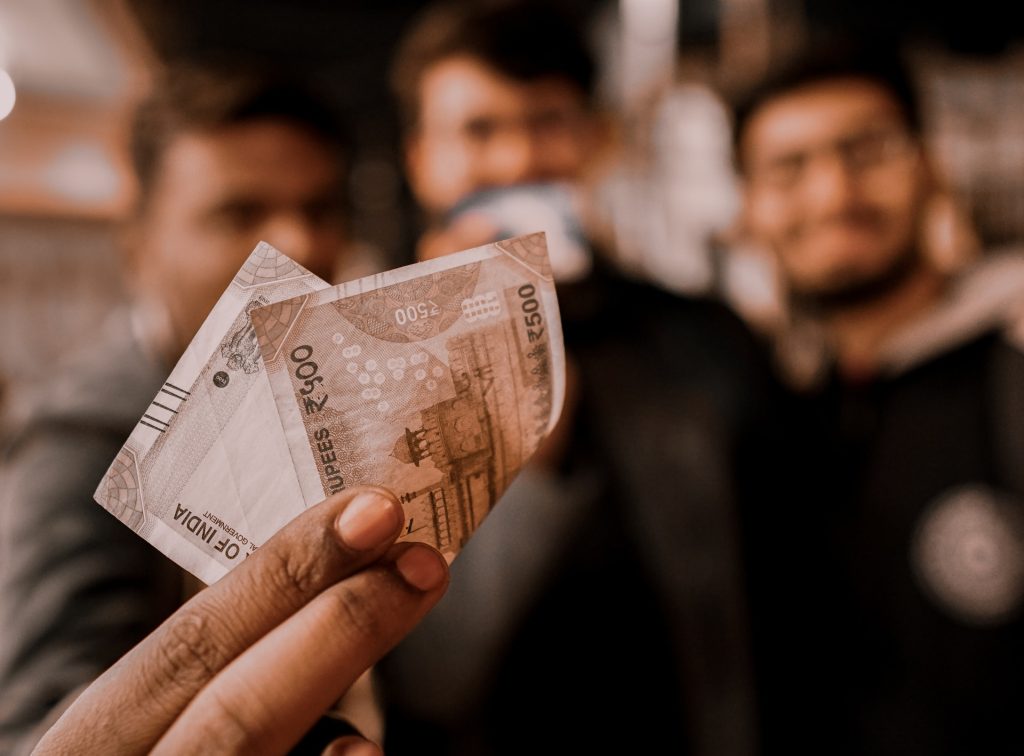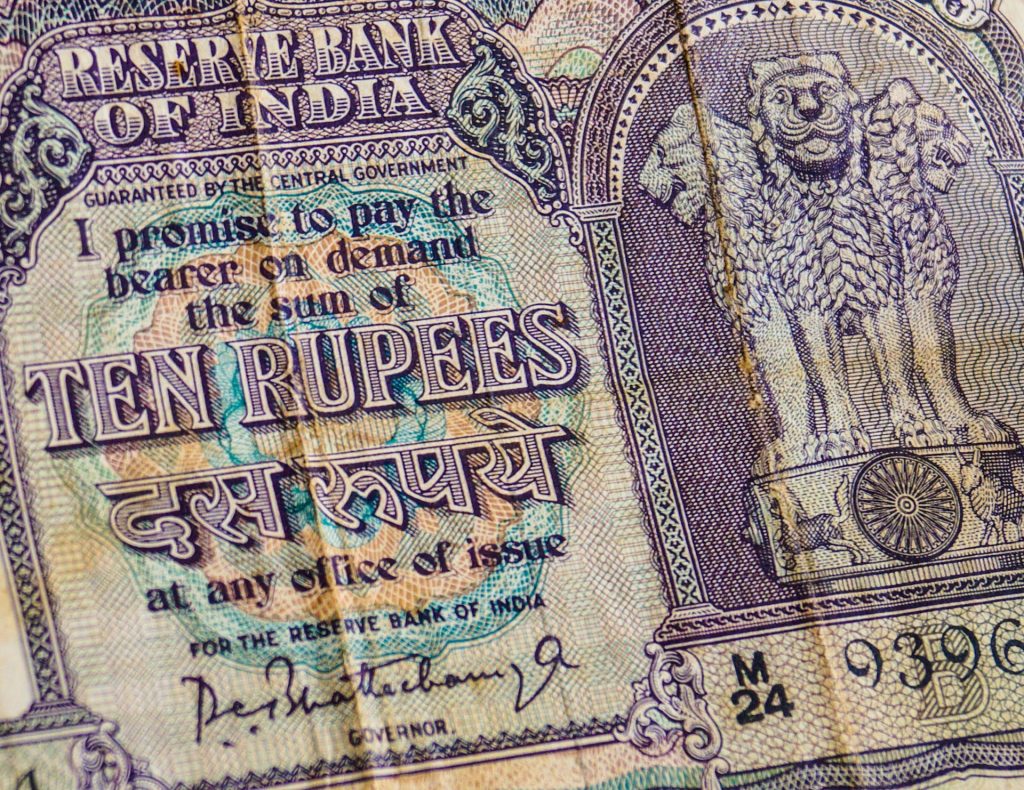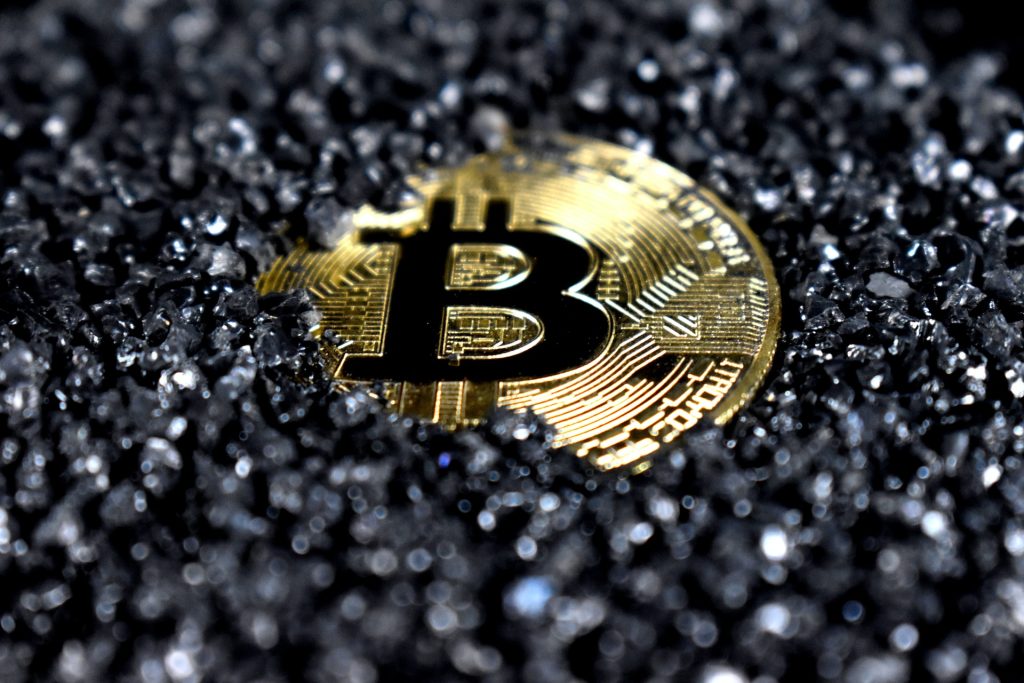In the grand narrative of human civilization, one element has been a constant protagonist, weaving its intricate storyline through the epochs of time – money. The concept of money is far from a modern invention; its roots delve deep into the annals of history, with a fascinating evolution that mirrors the progress of societies. Join us on an exploration of the journey from barter to Bitcoin, as we unravel the captivating tale of money and ponder the significance of digital currency in our contemporary world.

Barter and Beyond
Long before coins jingled in pockets and bills rustled in wallets, people engaged in the practice of barter – a system where goods and services were exchanged directly. While this might seem like an equitable arrangement, the inherent challenges, such as the double coincidence of wants, made it an impractical means of facilitating trade.
The Birth of Currency
In response to the limitations of barter, societies began embracing commodity money. This form of currency was backed by a tangible commodity with intrinsic value, such as gold, silver, or salt. The ancient Egyptians, for example, used a standardized weight of barley as a medium of exchange. The transition to commodity money provided a more flexible and universally accepted unit of value.
Coins and the Art of Minting
The first metallic coins emerged in ancient Lydia (modern-day Turkey) around 600 BCE, marking a pivotal moment in the history of money. Crafted from a mixture of gold and silver, these coins bore images that represented authority and authenticity. The concept of coinage spread like wildfire, becoming a symbol of economic sophistication and political power.

Paper Money
As societies expanded, the limitations of carrying heavy metal coins became apparent. The Chinese were pioneers in introducing paper money during the Tang Dynasty (618–907 CE). This lightweight alternative represented a promissory note backed by a tangible asset like precious metals. The convenience of paper money catalyzed economic growth, laying the foundation for modern banking systems.
The Gold Standard
In the 19th century, many countries adopted the gold standard, linking the value of their currencies to a specific quantity of gold. This system aimed to instill confidence in currency value and provide stability to international trade. While the gold standard facilitated a degree of financial security, its rigid constraints eventually gave way to more flexible monetary systems.
The Advent of Cryptocurrency
Fast forward to the 21st century, where the digital revolution has birthed a new chapter in the story of money – cryptocurrency. Bitcoin, introduced in 2009, marked a paradigm shift in our understanding of currency. Operating on decentralized blockchain technology, cryptocurrencies offer a secure, transparent, and borderless alternative to traditional forms of money.
The Ideal Currency for a Digital Age?
In today’s interconnected world, the concept of digital currency holds particular allure. The rise of cryptocurrencies is driven by a quest for financial inclusivity, security, and decentralization. Digital currencies transcend geographical boundaries, providing financial services to the unbanked and underbanked populations. The blockchain technology that underpins cryptocurrencies ensures transparency, reducing the risk of fraud and corruption.
Regulation and Adoption
While the promise of digital currency is enticing, challenges persist. Regulatory frameworks, security concerns, and public adoption hurdles pose formidable obstacles. Striking a balance between innovation and oversight becomes paramount as societies grapple with the integration of digital currencies into established financial systems.

As we stand at the crossroads of traditional and digital finance, the story of money continues to unfold. The evolution from barter to cryptocurrencies is a testament to human adaptability and ingenuity. While the allure of a decentralized, digital economy is captivating, the journey prompts reflection on the timeless functions of money – as a medium of exchange, a unit of account, and a store of value.
In conclusion, the concept of money has weathered the sands of time, morphing and adapting to the changing landscapes of human civilization. Whether in the form of metallic coins, paper bills, or digital tokens, money remains a symbol of societal evolution and a catalyst for economic growth. The tale of money, far from reaching its final chapter, invites us to contemplate the future of currency and the role it will play in the unfolding narrative of our shared human experience.





